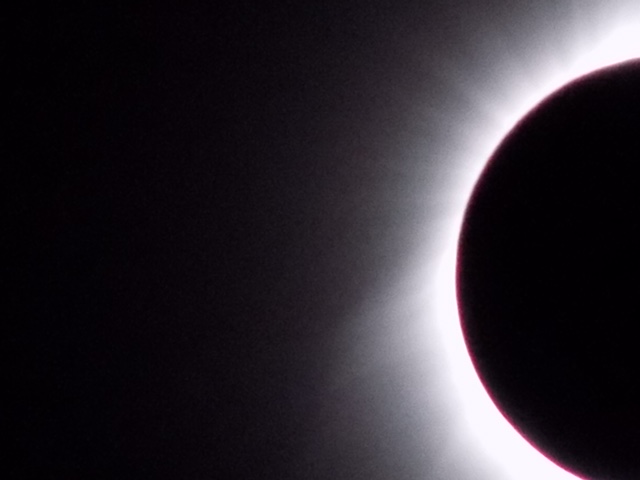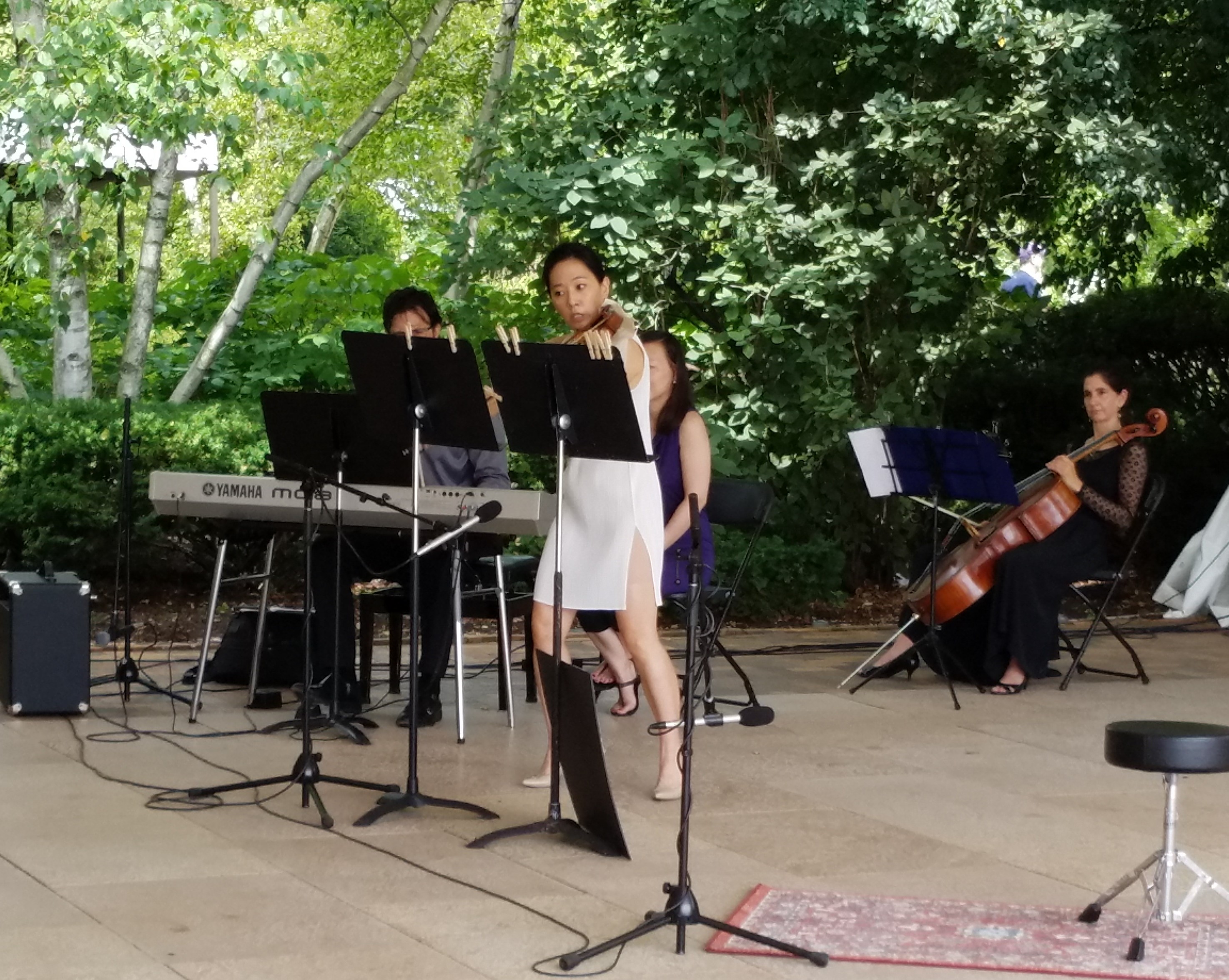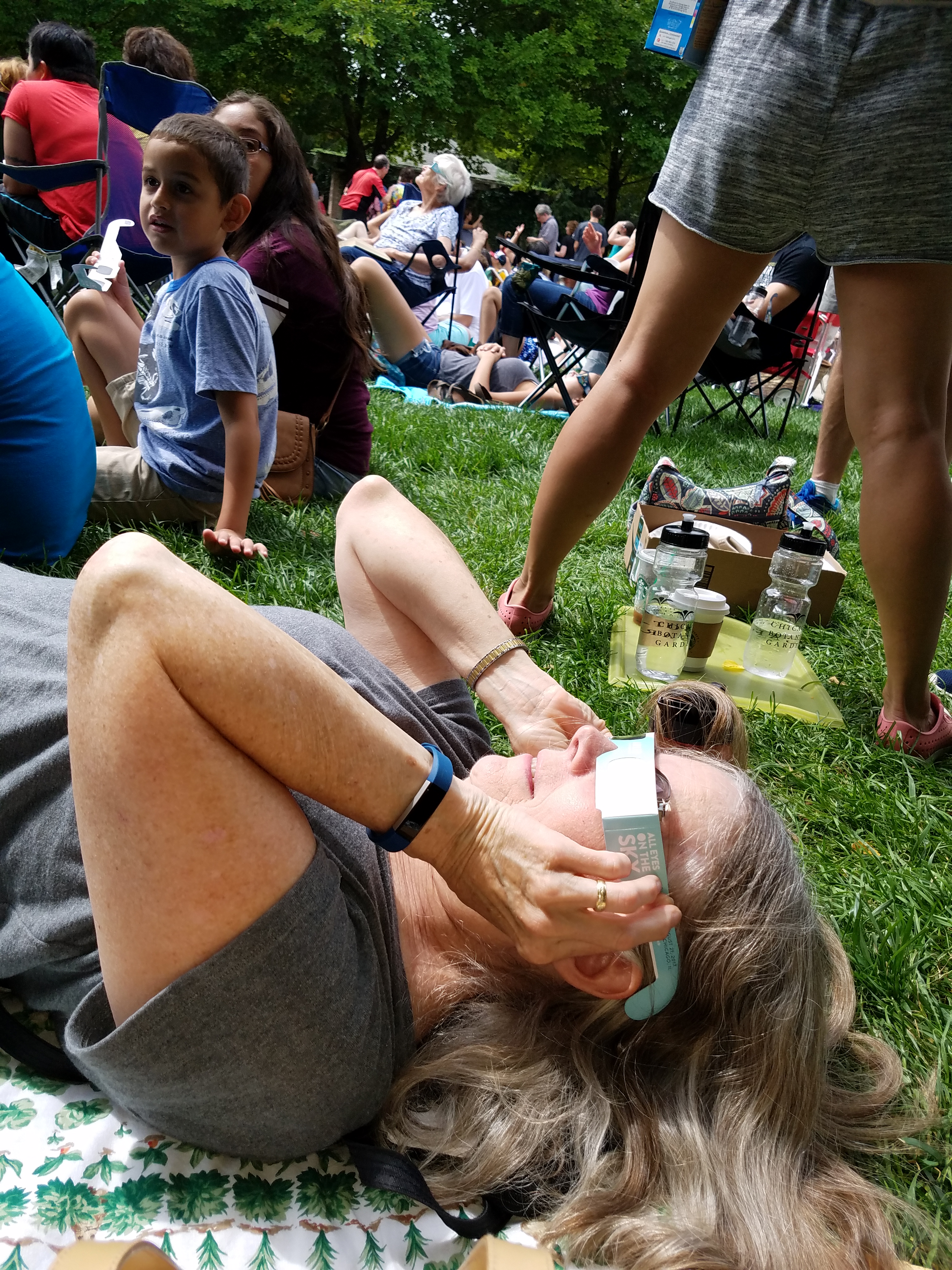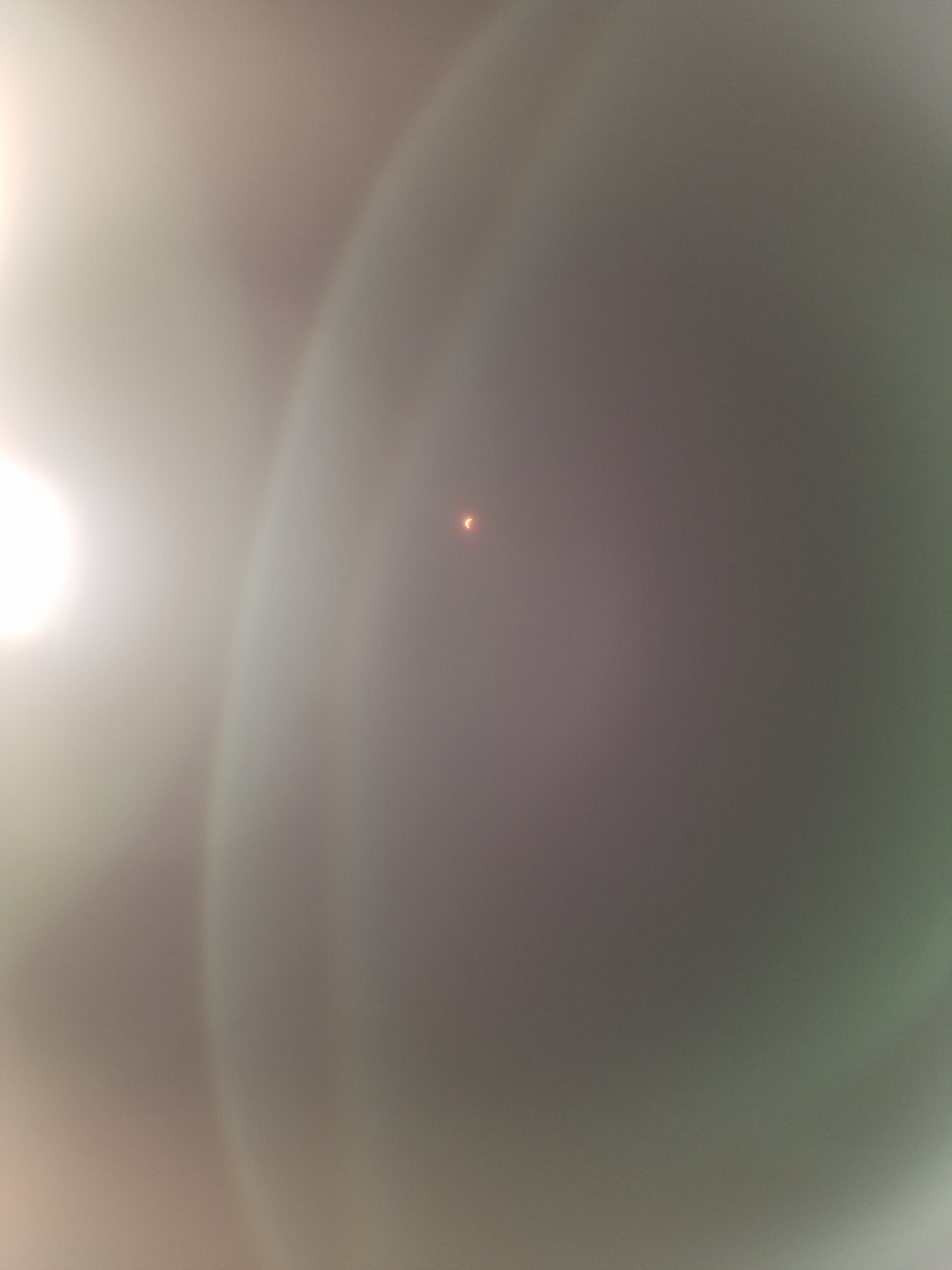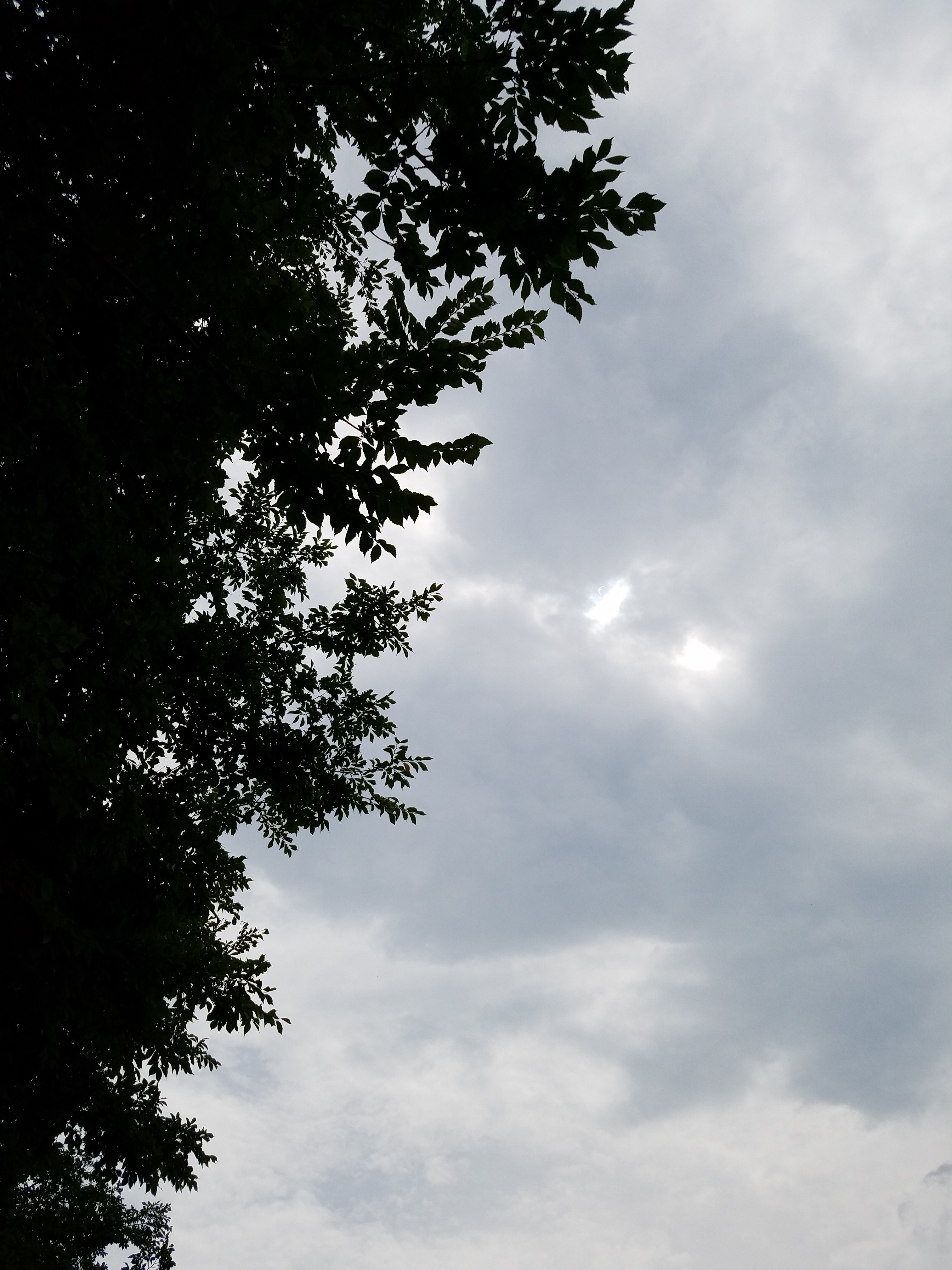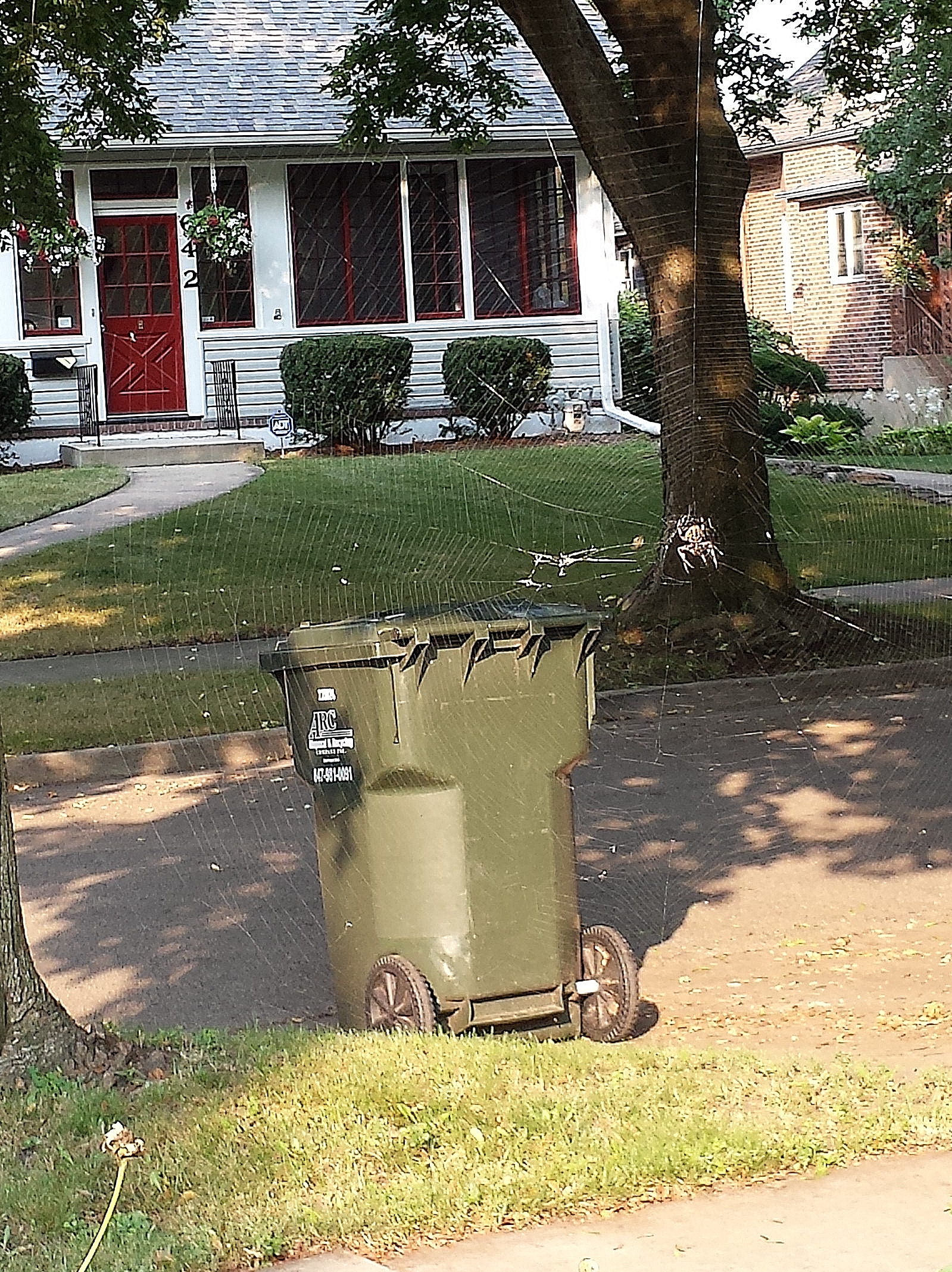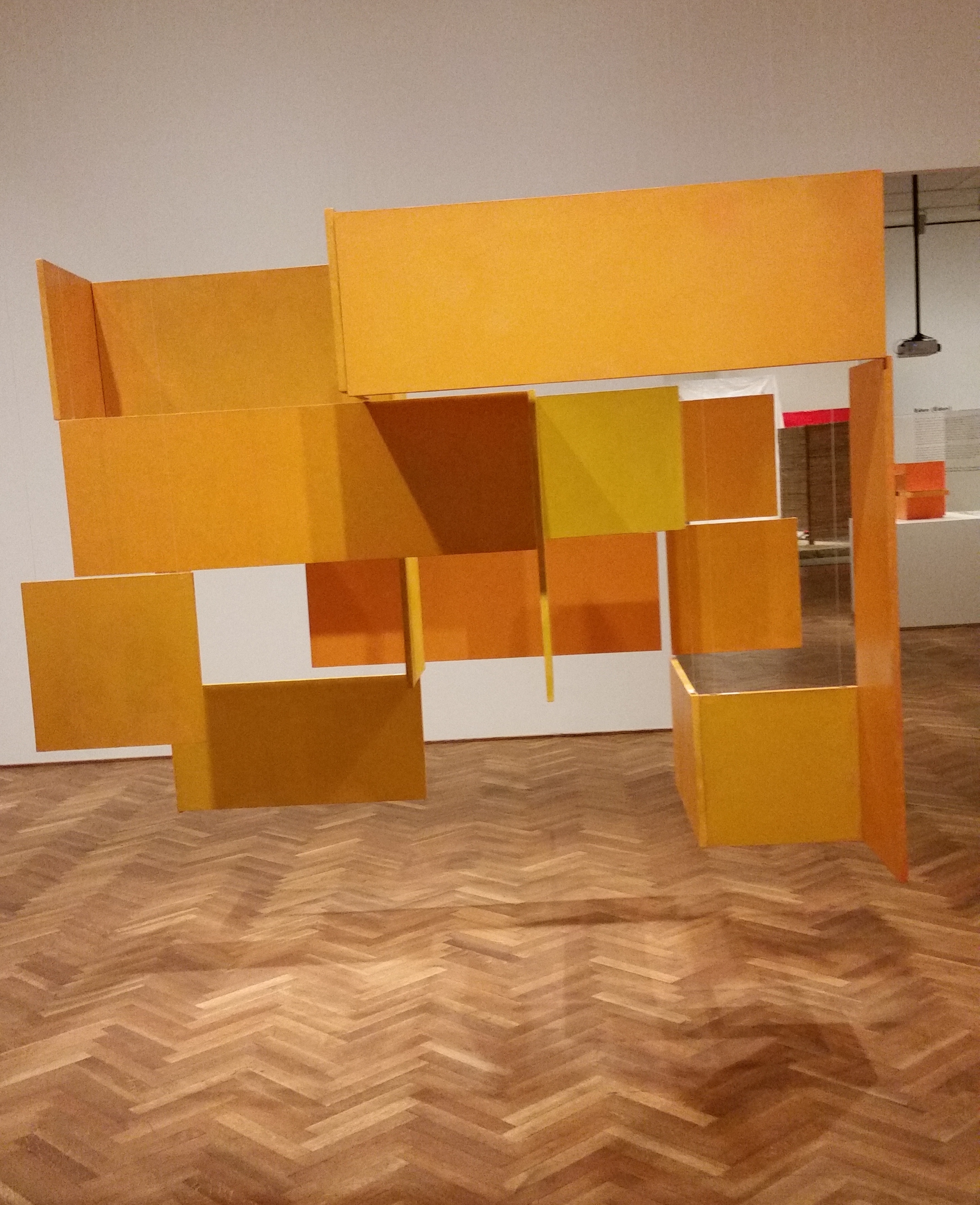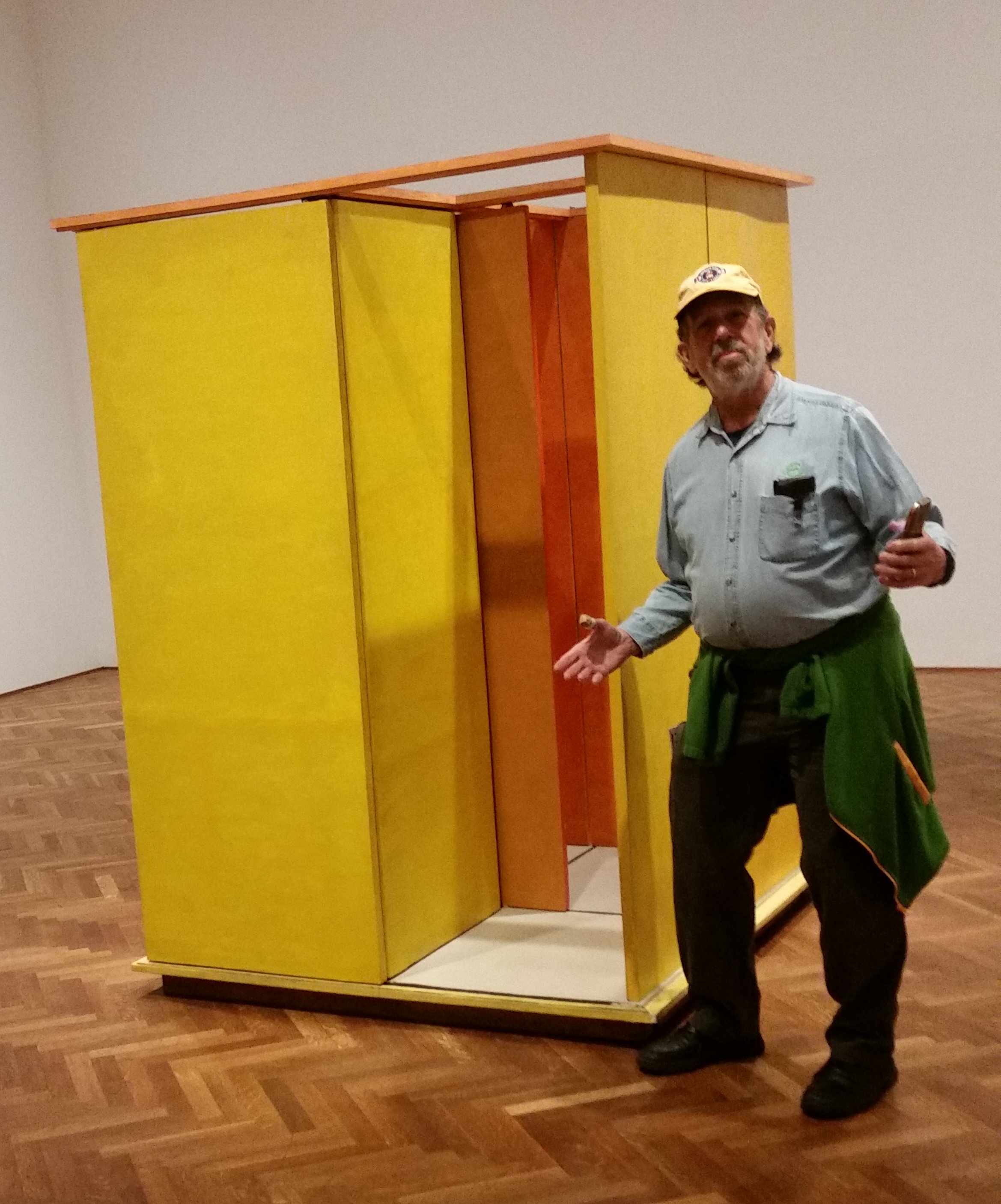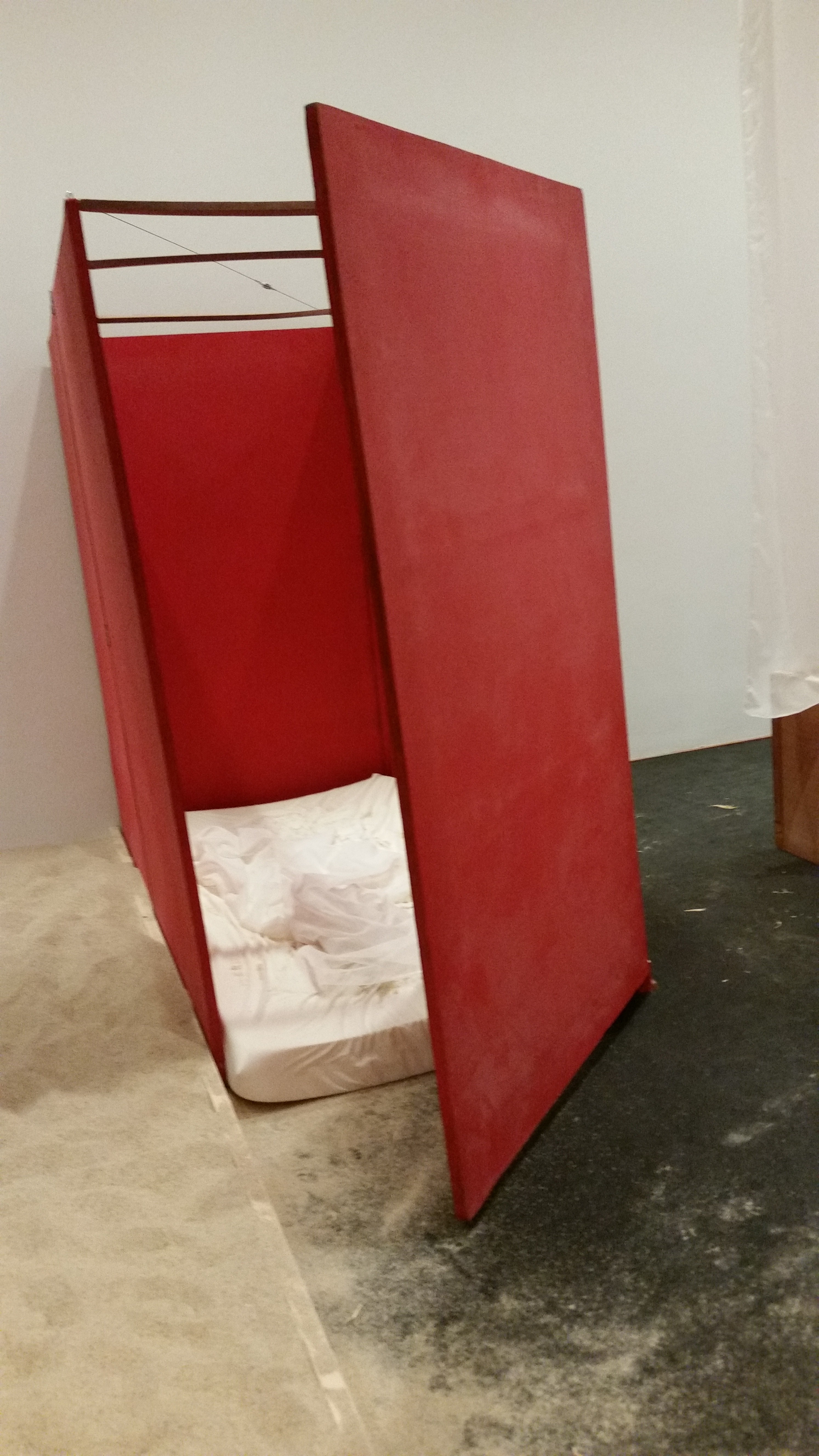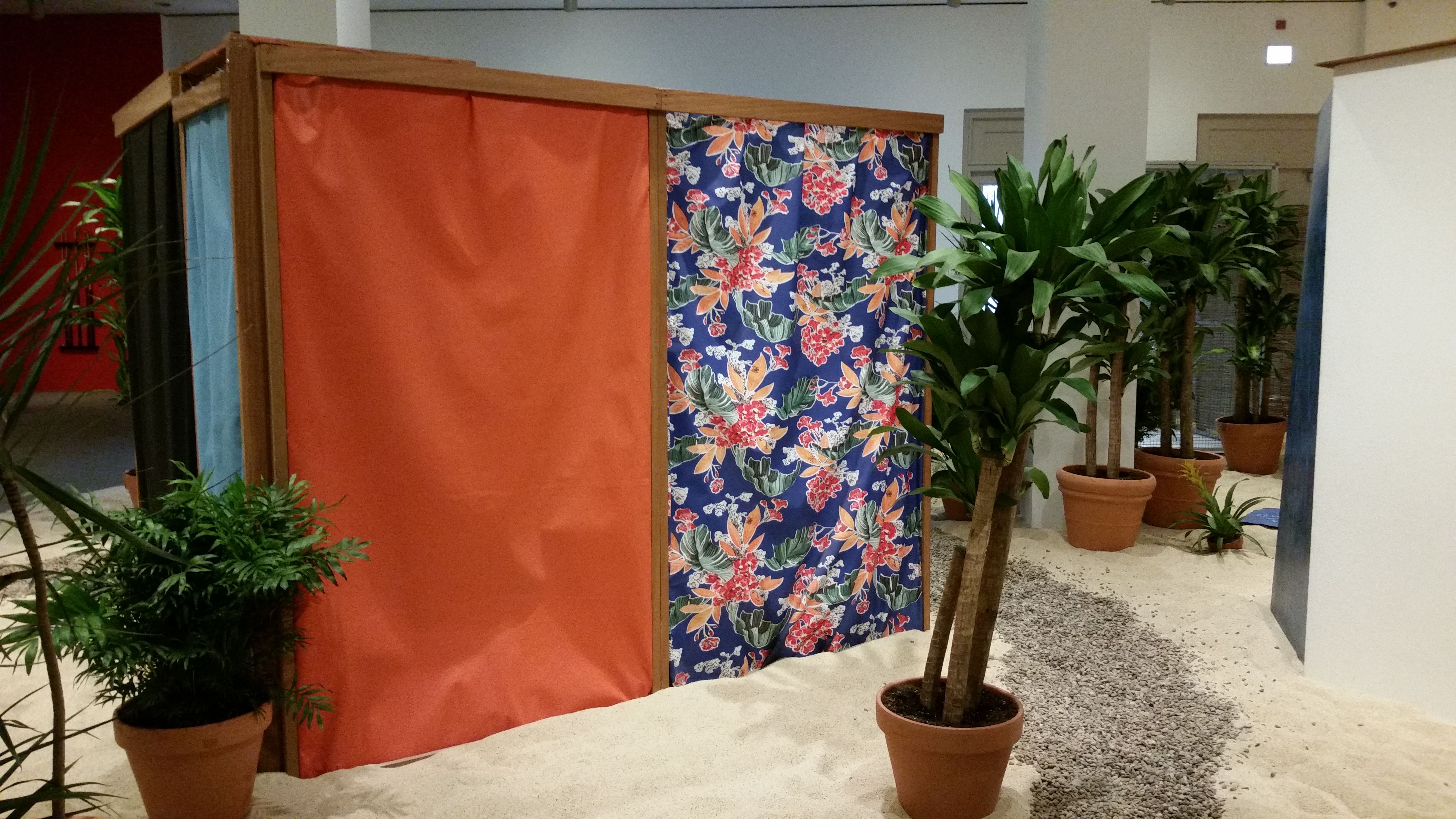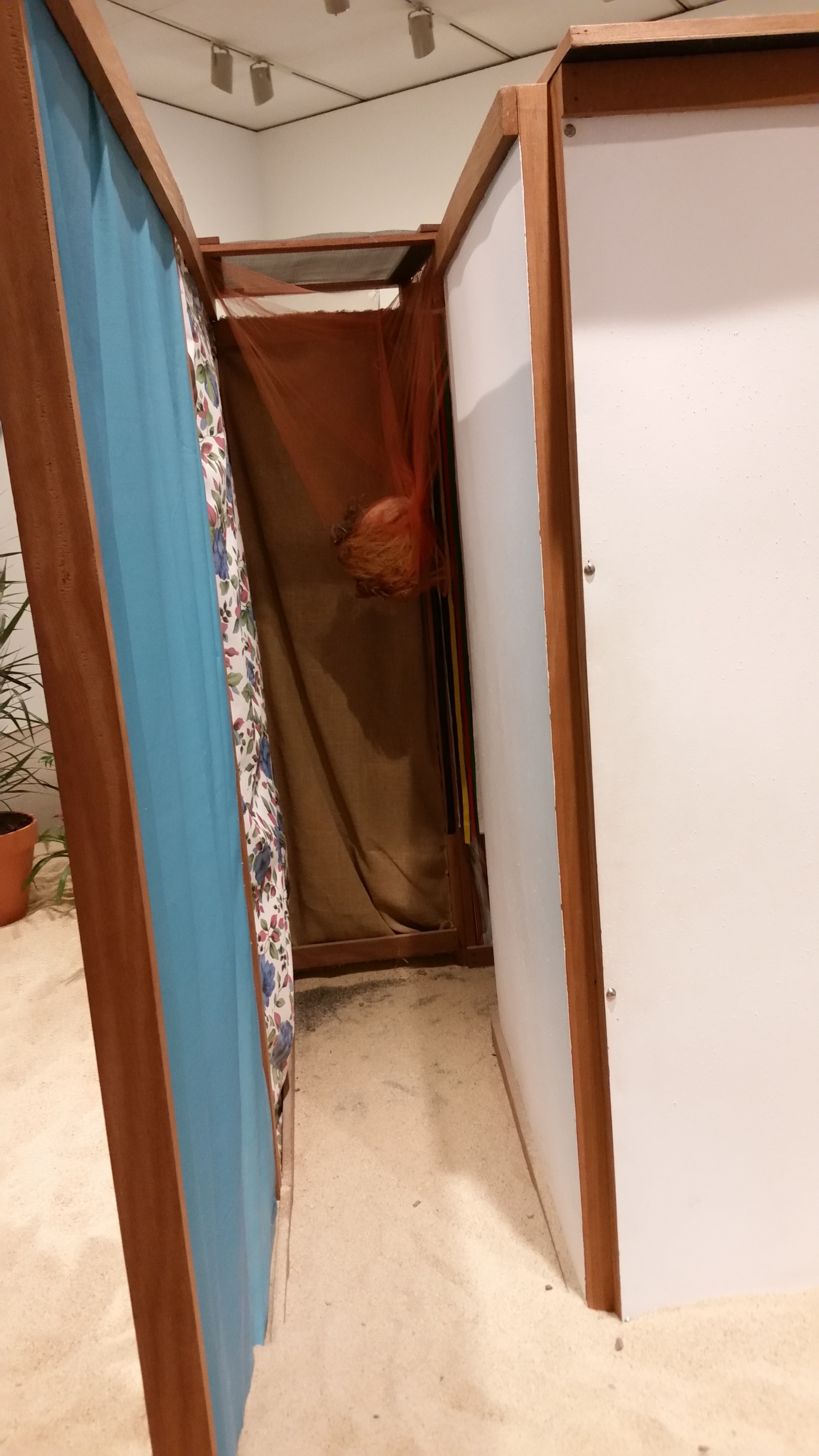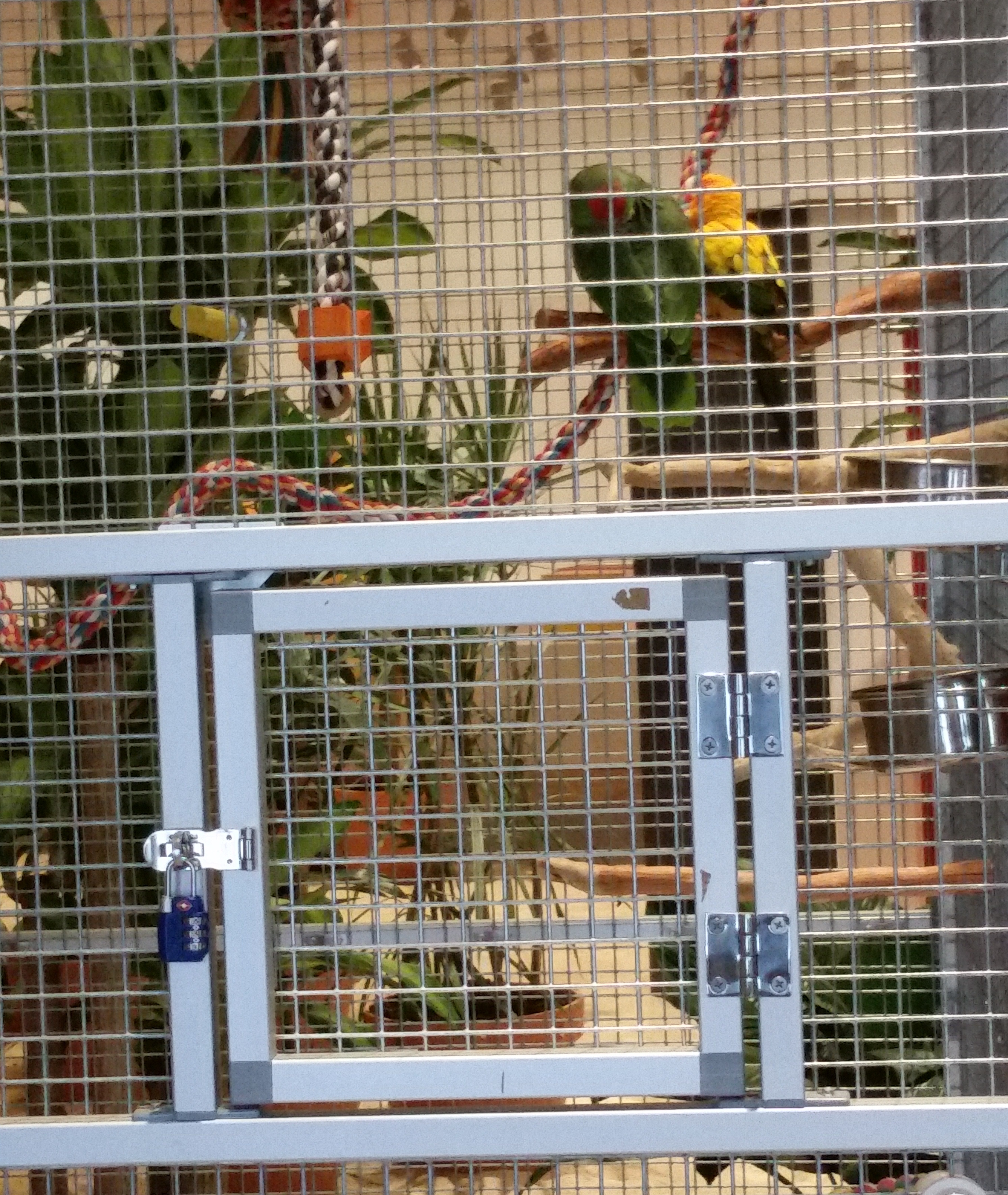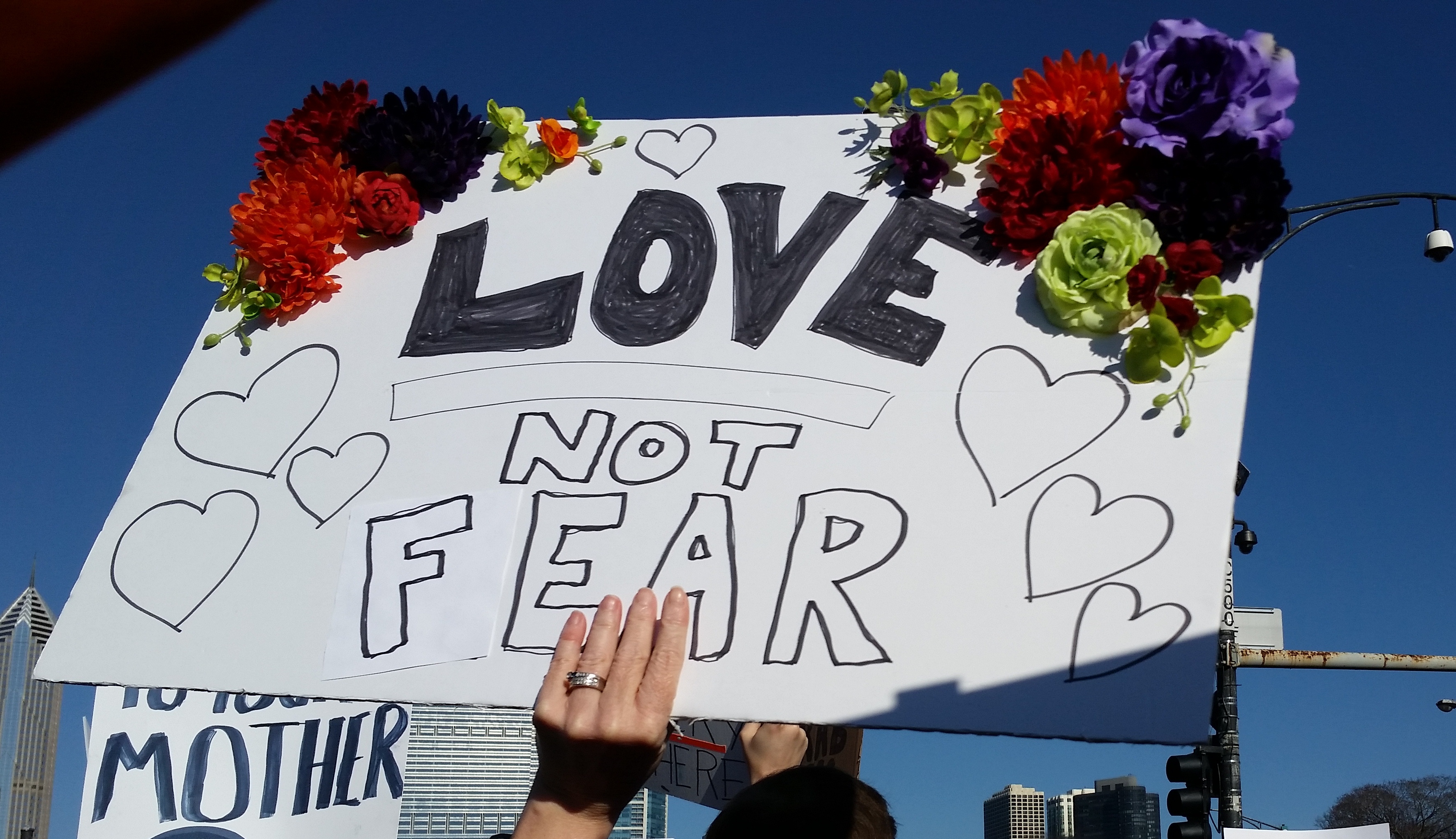It’s Monday, time for Melanie’s latest Share Your World questions.

QUESTIONS (a random bag today)
Can you parallel park (if you drive)? If you don’t drive, can you still skip?
I have never been particularly good at parallel parking, although I have to do it once in a while. It is facilitated in newer cars (like mine) by displaying a picture of what is behind the car when the driver puts the car in reverse. Superimposed on the display is a sort of “map” of the car which shows where the back and sides of my car are. It does help but I still dislike parallel parking. Usually I end up too far from the curb.
Do you prefer early morning or late evening? Or something in between?
I am not an early morning person. I will not take an exercise class earlier than 10 a.m.! I usually am awake until about midnight, but we’ve been going to bed a little earlier so that we can get up early enough to take a walk before it gets too hot. So I guess I prefer in between. I think I’m an “afternoon” person – that seems to be when I get the most done.
Do you like avocados?
Yes, sort of. In the form of guacamole, I love it!
Is mind or matter more real?
What an odd question! Both are “real” – that is, both are part of the experience of a person’s life.
and a bonus ‘deep’ question just because
Are people in this current generation less or more sensitive than people from past generations?
I’m not sure what you mean by “sensitive.” More empathetic? More kind or caring? Less self-absorbed? It’s hard to say, because there are many “generations” living at the same time. The word generations has come to mean certain age groups, with some stereotypical characteristics attached to that group, such as “millennials” or “Gen-X,” etc. I think we older citizens (mostly Baby Boomers now, like myself) look somewhat askance on the behavior of some people younger than ourselves; for example, it seems to be no longer safe to travel by air – especially if you are one of the flight attendants – with so many attacks from passengers. Not just rudeness, although that’s there too; I mean, there are reports of physical attacks on flight attendants because the passenger feels his/her “rights” are being violated, such as a requirement to wear a mask to minimize the spread of Covid in a tight space packed with people. Such behavior never (or very rarely) used to happen on airplanes.

Then there are mass shootings in public places which used to be considered safe, random shootings on expressways, crime rates in urban areas have gone up, people feel free to say racist things without considering how it may offend others, and social media has taken over public discourse.
If “sensitive” means easy to offend, I would say that yes, the younger generation is more sensitive nowadays. People get offended by the most casual things, they talk about “cancel culture” or what is “PC” or not. Perhaps this trend is a reaction to the incivility in today’s society (as described above)?
I think the last four years have ushered in an era in which rudeness and nastiness are considered an okay way to express one’s views. It seems to be most prevalent in the 30-50 age group, although that’s just my perception and I am not saying that all or even the majority of 30-50 year-olds are that way. It’s just more prevalent. People believe conspiracy theories or false information they read on the Internet, instead of listening to experts in a particular field. Human-induced climate change is agreed upon by 99% of climate scientists, and evidence is everywhere, yet some right-wing web site says it’s a hoax, so people believe it. Some people are more scared of the Covid vaccine than Covid itself. Pure madness!
GRATITUDE SECTION (as always optional)
Please feel free to share something inspiring that’s happened to you recently!
I attend a weekly art workshop here at the Moorings. It’s just a group of artistically inclined people who get together for an hour and a half, each doing their own art projects. One guy is making a quilt. A retired high school art teacher is painting on a gourd. Others are painting in water color, oils, or making cards. I am inspired by the work of the other artists, and some have inspired me to try certain techniques. I have always been good at drawing, but now I’m expanding into painting in watercolors, which is definitely a learning experience! I try to use techniques I see others use. We also give each other tips and encourage each other. And one of the women asked if she could purchase a chalk drawing I did for her daughter, who had admired it at a recent art display for a garden walk. This is a photo of it:
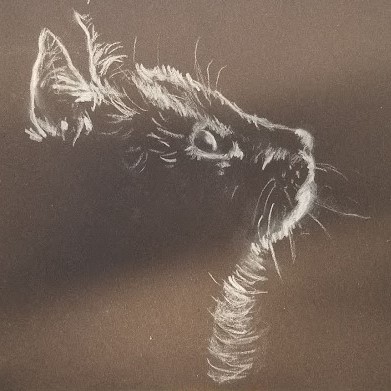


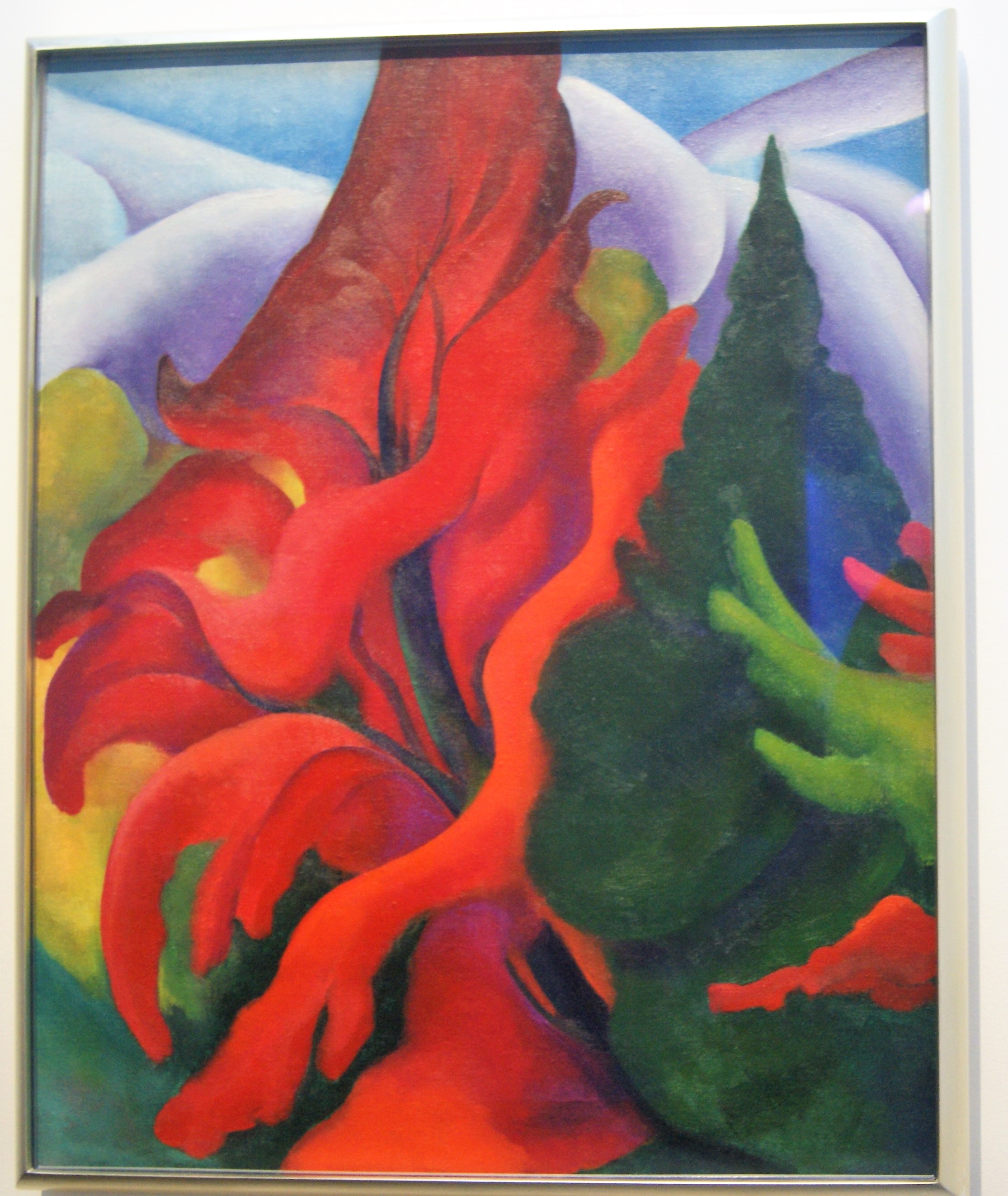


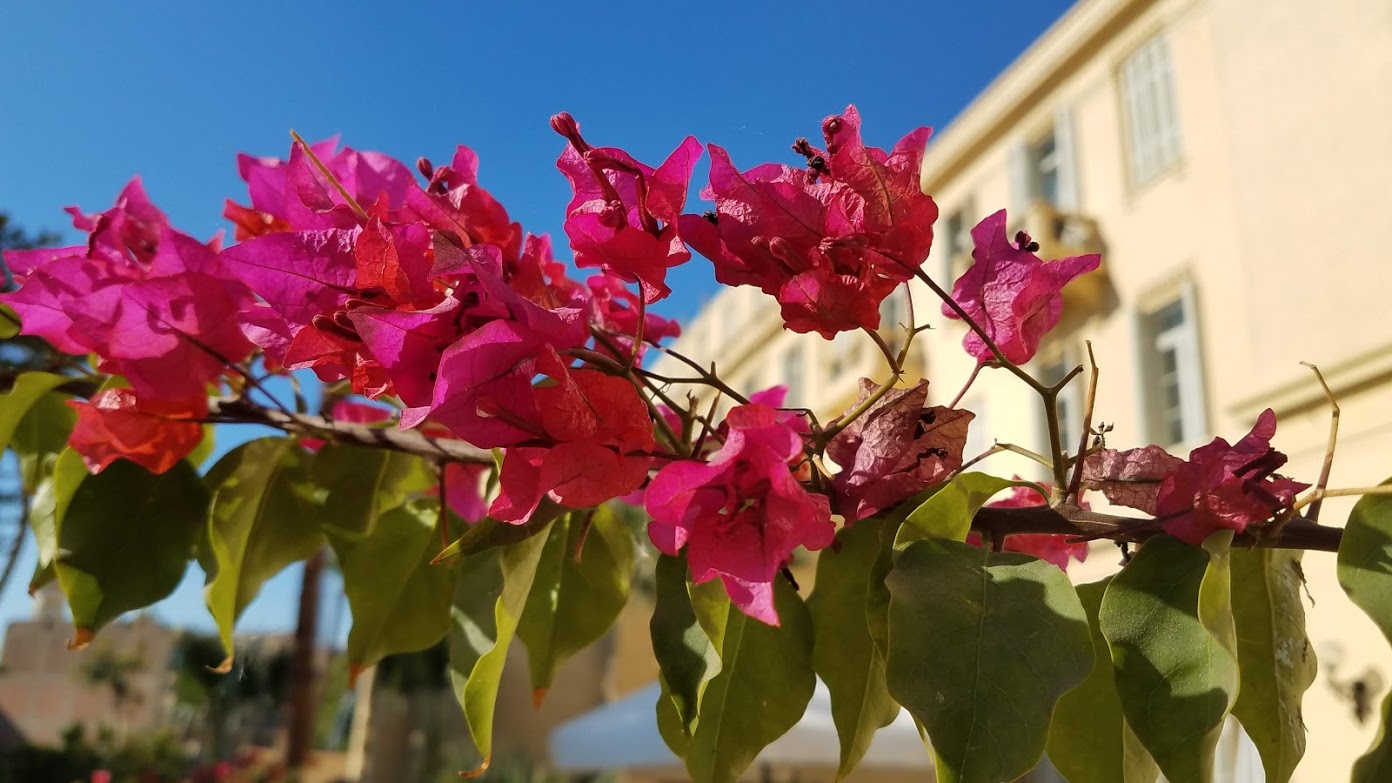
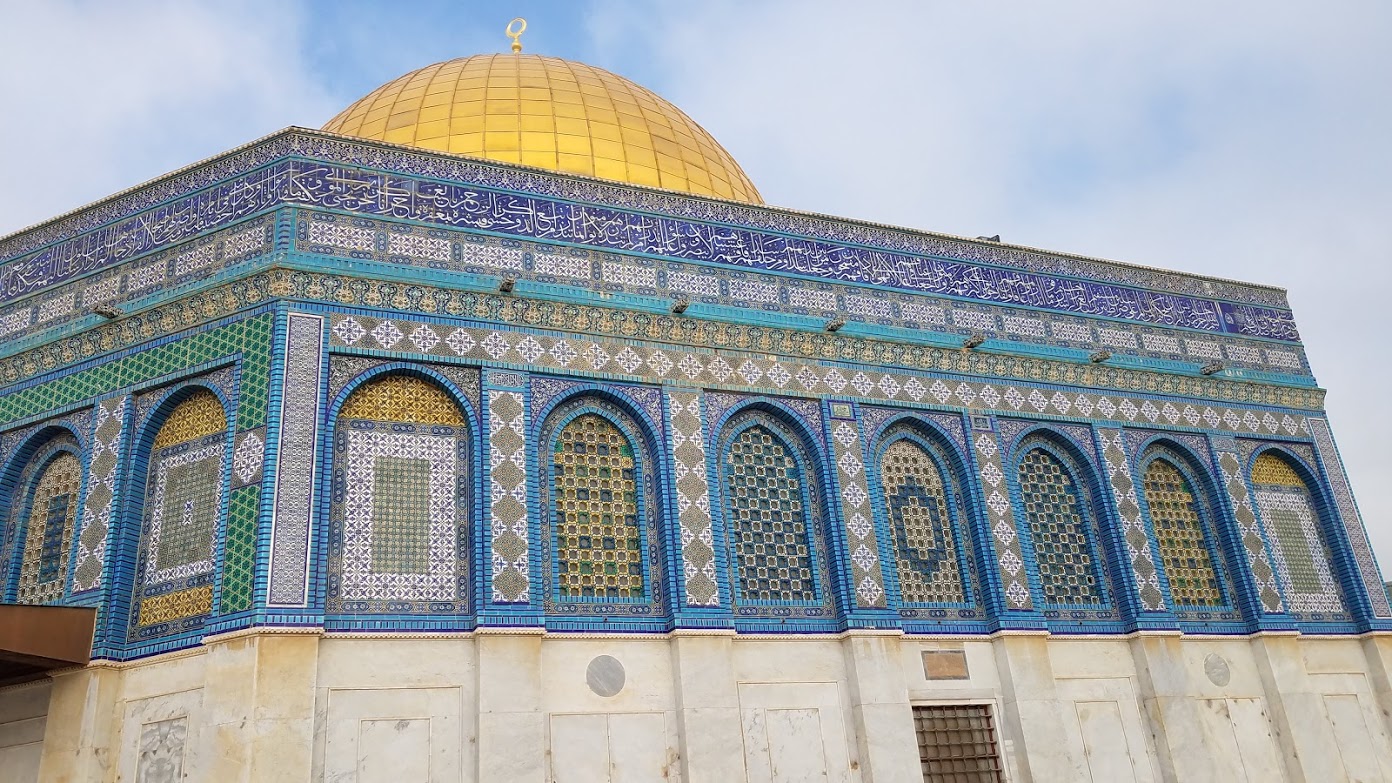
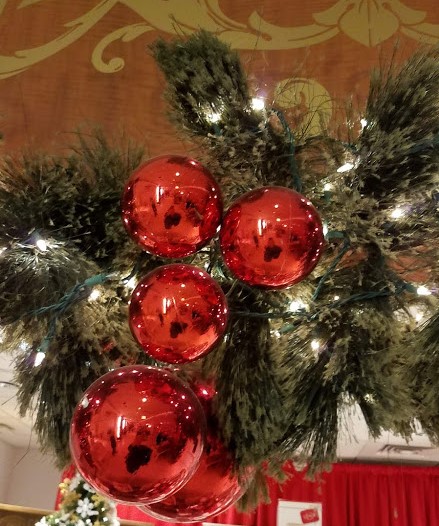





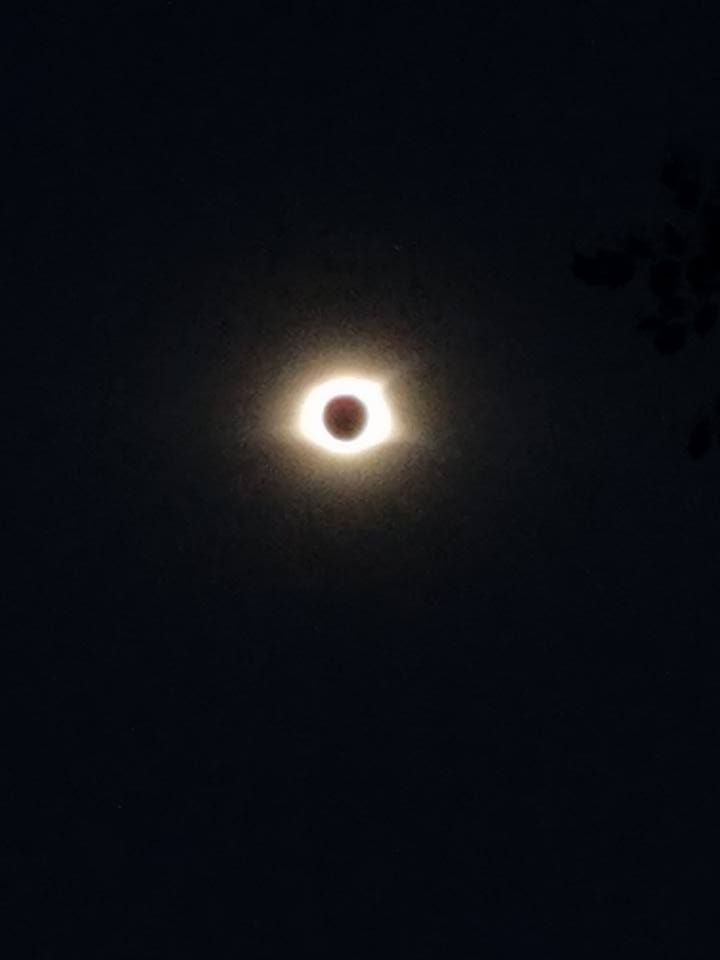 My photographer cousin who lives in Wyoming in the path of totality took this excellent picture.
My photographer cousin who lives in Wyoming in the path of totality took this excellent picture.